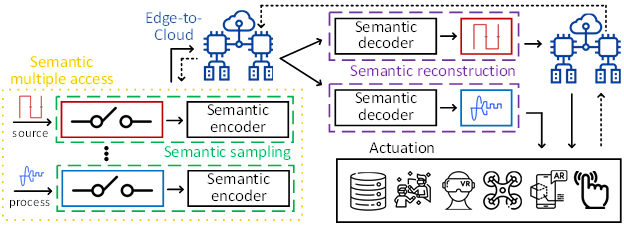Αυτός ο ιστότοπος χρησιμοποιεί cookies ώστε να μπορούμε να σας παρέχουμε την καλύτερη δυνατή εμπειρία χρήστη. Οι πληροφορίες cookie αποθηκεύονται στο πρόγραμμα περιήγησής σας και εκτελούν λειτουργίες όπως η αναγνώρισή σας όταν επιστρέφετε στον ιστότοπό μας και η βοήθεια της ομάδας μας να κατανοήσει ποιες ενότητες του ιστότοπου θεωρείτε πιο ενδιαφέρουσες και χρήσιμες.
Πληροφορίες για τα cookies
Cookies αναγκαία και λειτουργικότητας
Το Αυστηρά Απαραίτητα Cookies θα πρέπει να είναι ενεργοποιημένα ανά πάσα στιγμή, ώστε να μπορούμε να αποθηκεύσουμε τις προτιμήσεις σας για τις ρυθμίσεις cookie.
If you disable this cookie, we will not be able to save your preferences. This means that every time you visit this website you will need to enable or disable cookies again.
Cookies Επιδόσεων
Αυτός ο ιστότοπος χρησιμοποιεί το Google Analytics για τη συλλογή ανώνυμων πληροφοριών, όπως τον αριθμό των επισκεπτών στον ιστότοπο και τις πιο δημοφιλείς σελίδες.
Η διατήρηση αυτού του cookie ενεργοποιημένο μας βοηθά να βελτιώσουμε τον ιστότοπό μας.
Please enable Strictly Necessary Cookies first so that we can save your preferences!






